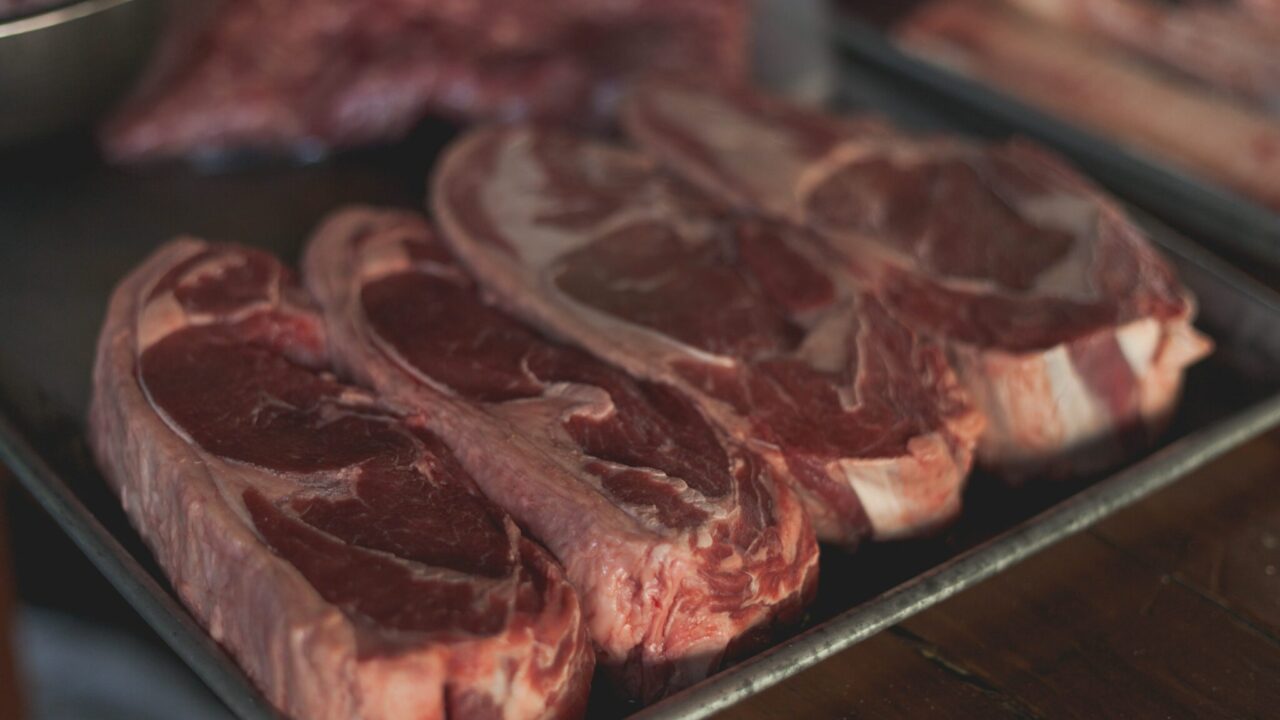New modelling on rising prices for beef forecast to impact consumer demand
Rising beef prices have out-stripped general inflation, driven by a constrained supply, according to the Agriculture and Horticulture Development Board (AHDB).
New research from AHDB and Quality Meat Scotland (QMS) explores the potential impact of further beef price increases on consumer shopping behaviours, both in store and when dining out.
The levy boards worked with Worldpanel by Numerator (formerly Kantar) to look at past consumer behaviour when beef inflation hit its highest point, and used these insights to model what could potentially happen if beef inflation was to hit a similar level again.
Data revealed that, in retail, beef inflation reached 9.1% in May 2025, with prices averaging £9.39 (€10.87) per kilo for total beef.
According to AHDB, retail beef inflation hit a high in October 2022, and modelling showed that if inflation were to hit 16% now, 2025, it would lead to a potential decline in retail beef volumes of 12,500 tonnes.
Beef prices
In the out-of-home (OOH) market, which includes restaurants, cafes, bakeries and fast-food chains, average prices per dish for beef have also been steadily increasing, now averaging £6 (€6.95) per dish.
Retail consumer insight manager at AHDB, Emma Wantling said: “As a general rule, as prices rise, demand from consumers drops.
“Consumers typically respond to price increases by reducing the amount and frequency at which they purchase beef, swapping to cheaper beef cuts, stores and proteins and even turning away from beef altogether.”
The AHDB and QMS-commissioned research explores how food processors, retailers, food service operators and the wider supply chain could minimise inflationary sales losses though promotional activity, communicating red meat quality, taste and reputational credentials and working to ensure robustness in domestic supplies, as this will help to stabilise beef inflation for consumers and support demand across beef cuts.
Wantling explained: “Marketing will be crucial to support beef demand, and communicating the unique benefits of beef cuts that are not easily replaced by other proteins should be prioritised.
“AHDB’s ongoing Let’s Eat Balanced consumer campaign highlights the great taste and nutritional benefits of British beef to British consumers.”
“AHDB is working with partners across the industry to understand what we can do collectively to support an efficient, profitable and resilient domestic supply base. Building a more resilient supply chain will help minimise the negative impacts of market volatility in the future,” Wantling added.

